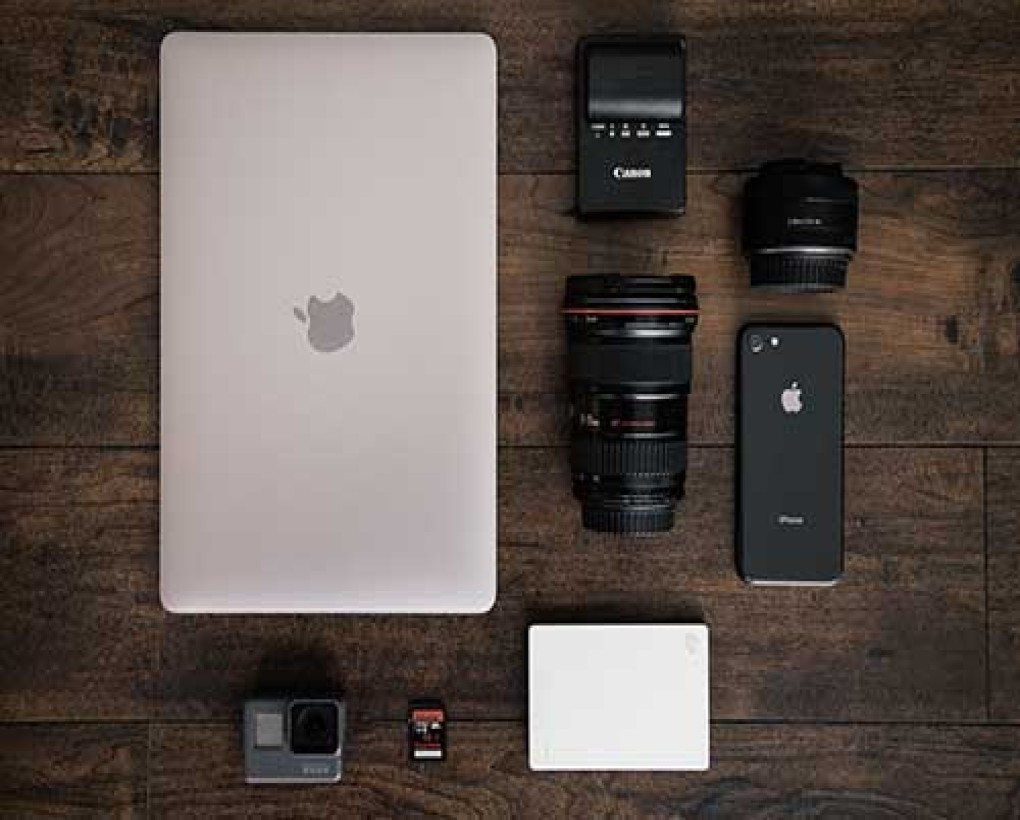

If you're taking pictures within the sun during the spring, or summer, confirm to show your flash on. Failing to place a light in your camera may result in bad glare that can taint any photos taken with it. Once If you switch this function on, take shots as if everything were fine and dandy like before.
In fashion photography, however, doing otherwise is not uncommon at all; so don't panic too much! A good tip for photographers who want their work, published more locally than nationally (or internationally), is not to get tangled up trying to have top-of-line equipment made just last year - instead, make do with what's being sold now but use those newfangled functions wisely and sparingly...before they become entirely obsolete!
Technology is a constantly evolving entity, and it's difficult to keep up with the latest trends. For people who don't have a lot of money, may feel like there's not much point in investing in new technology before old stuff breaks or becomes obsolete but this isn’t true for all tech products. Cameras are one piece of equipment that you should invest your time into researching because even if you're on a tight budget, having an outdated camera will hinder potential opportunities from happening! You don't need expensive gear for great photos; in fact your smartphone might produce better results than an outdated DSLR! A good photography tip is: to experiment with what you have before investing time and money into new equipment that may soon become obsolete
When it comes to photography, the phrase "less is More" is a terrific way to think. Why take 100 pictures if only 1 will fully capture the moment?
You're never going to know what you are missing out on until you try. Don't miss your chance at something amazing by being afraid of the unknown!. When you are shooting, experiment with different angles and perspectives. There are so many opportunities for creativity that can come from simple changes in your subject's background or lighting scheme! For example, If the light is giving off a yellow hue while indoors, feel free to adjust it by using white balance on your camera--you will see an immediate change in how professional-looking those photos look afterwards! Don’t forget about ISO settings too; they might give pictures graininess at higher levels, which does not always look good, especially when there is lots of detail captured within the photo itself!
The camera's low light settings are great, but beware of the tradeoffs. Low-light shots often come out noisy and grainy, which can be a downer for your pictures. Try to keep The ISO set at its lowest possible level or increase it by only one notch so you still have natural-looking images without sacrificing quality too much in lower lighting conditions. Backgrounds should enhance an image, not detract from it; while they're primarily there to support what is happening in front of them; don't let any unnecessary distractions creep into your shot that may distract the eye away from where you want attention directed!
When visiting an unfamiliar area, be aware of the backdrops and perspectives you encounter. These will often reflect your surroundings in a new way—just as scenery can change dramatically when photographed from different angles with varying lines. Take pictures everywhere-in airports or at home before traveling to document life's adventures so that they're not forgotten even after returning! Save these moments on your smartphone by creating albums for each place visited where you found inspiration; one day it may just lead to something great!
Instead of just snapping pictures, try thinking about your subject and the meaning behind a scene. For example, if you are exploring an airport's arrivals hall for new passengers coming into this country, then think what it means when someone leaves their home in another country to start over here? How do they feel as they wait with trepidation or excitement at customs? A good photographer will be able to capture some beautiful moments that may be lost on those who only snap photos without looking deeper.
By placing the subject off-center, you can create a more interesting and engaging shot. Centring subjects is generally expected in photos; however, by doing so it will lack any sort of character or interest that viewers would want to look at for an extended period of time. Researching photography and practicing techniques with knowledgeable people are both methods that help one explore this skill set further!
Let's take some great pictures together! We have a team of experts who are ready and waiting to partner with you on your next project. Contact us today before we run out of time. - don't wait any longer, let's get started right away!